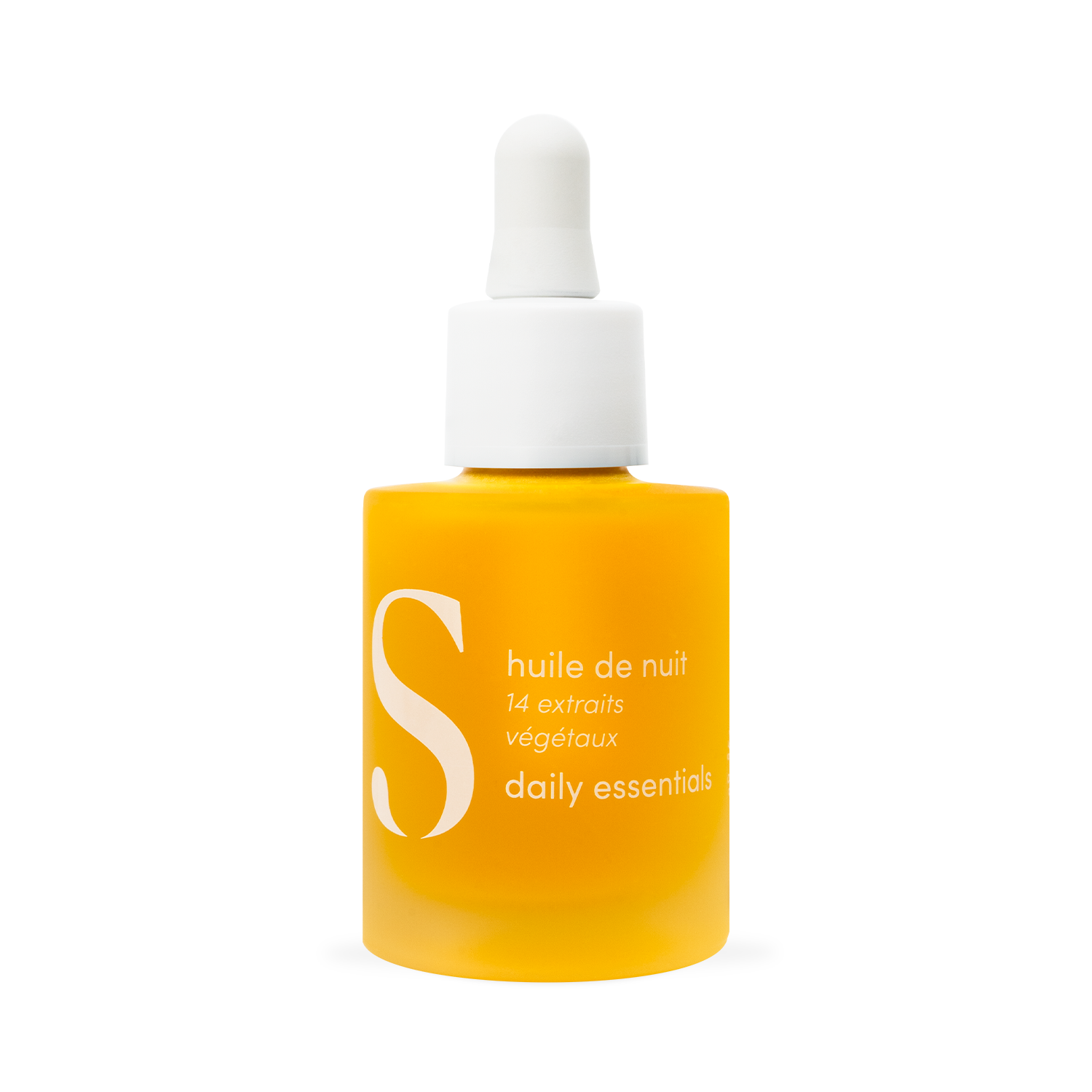True or false: sun protection prevents you from tanning?
No matter how long you are exposed to the sun, it is essential to protect your skin with sunscreen to prevent various problems such as sunburn, photoaging and pigment spots. Today, let's decipher together: does sunscreen really prevent you from tanning?
The answer is no.
Sunscreen does not block tanning. Even with a high SPF, it does not fully protect against UVA and UVB rays. Some of these rays still manage to reach the skin, triggering the tanning process. In other words, applying sunscreen does not stop the production of melanin. Its main role is to absorb (if it contains organic filters) and/or reflect (if it contains mineral filters) UV rays, not to reduce melanin production.
Does sunscreen impact your skin microbiota?
Recently, more and more consumers are questioning the impact of sunscreen on the skin microbiota.
What is the skin microbiota?
The skin, our largest organ, is colonized by a complex ecosystem of microorganisms, known as the skin microbiota. This microbiota plays a crucial role in the health and balance of our skin, influencing the entire body, from its protective barrier to its immune response.
The skin microbiome refers to the diverse population of bacteria, fungi, viruses, and other microorganisms that reside on the surface of our skin. This microbiotic community varies from person to person and even from one body region to another. There are beneficial microorganisms that help maintain skin health by protecting it from pathogenic invaders, regulating inflammation, and promoting wound healing.
What happens when it comes into contact with sunscreen?
Sunscreen use is essential to protect the skin from the harmful effects of UV rays, such as premature aging and the risk of skin cancer. However, some ingredients in sunscreens can impact the skin microbiota .
Some chemical UV filters, such as oxybenzone, have antibacterial properties that can disrupt the balance of the skin microbiota by eliminating beneficial microorganisms. As well as preservatives and emulsifiers contained in sunscreens can also alter the skin environment, affecting the diversity and abundance of the microbiota.
Repeated and excessive application of sunscreen can also create an occlusive environment on the skin, promoting the growth of opportunistic microorganisms that could disrupt the balance of the microbiota. For this reason, carefully checking the composition of your sunscreen with gentle and non-disruptive ingredients can help minimize negative effects.
How to choose the right sun protection for a tan without sunburn?
The choice depends on each person's phototype, defined according to the Fitzpatrick classification. This classification divides skin into 6 phototypes, depending on hair color, skin tone, sensitivity to the sun and type of tan:
Phototypes I and II: SPF 50:
People with red hair and freckles and very fair skin (phototype I) as well as those with blond hair and fair skin (phototype II) should use sun protection with an SPF 50 index.
Phototypes III and IV: SPF 30 to 50:
Individuals with brown hair and light skin (phototype III) or brown/brown with slightly dark skin (phototype IV) should choose a sunscreen with an SPF index between 30 and 50.
Phototypes V and VI: SPF 15 to 30:
For mixed-race skin (phototype V) or black skin (phototype VI), sun protection with an SPF of 15 to 30 is generally sufficient for good protection.




















